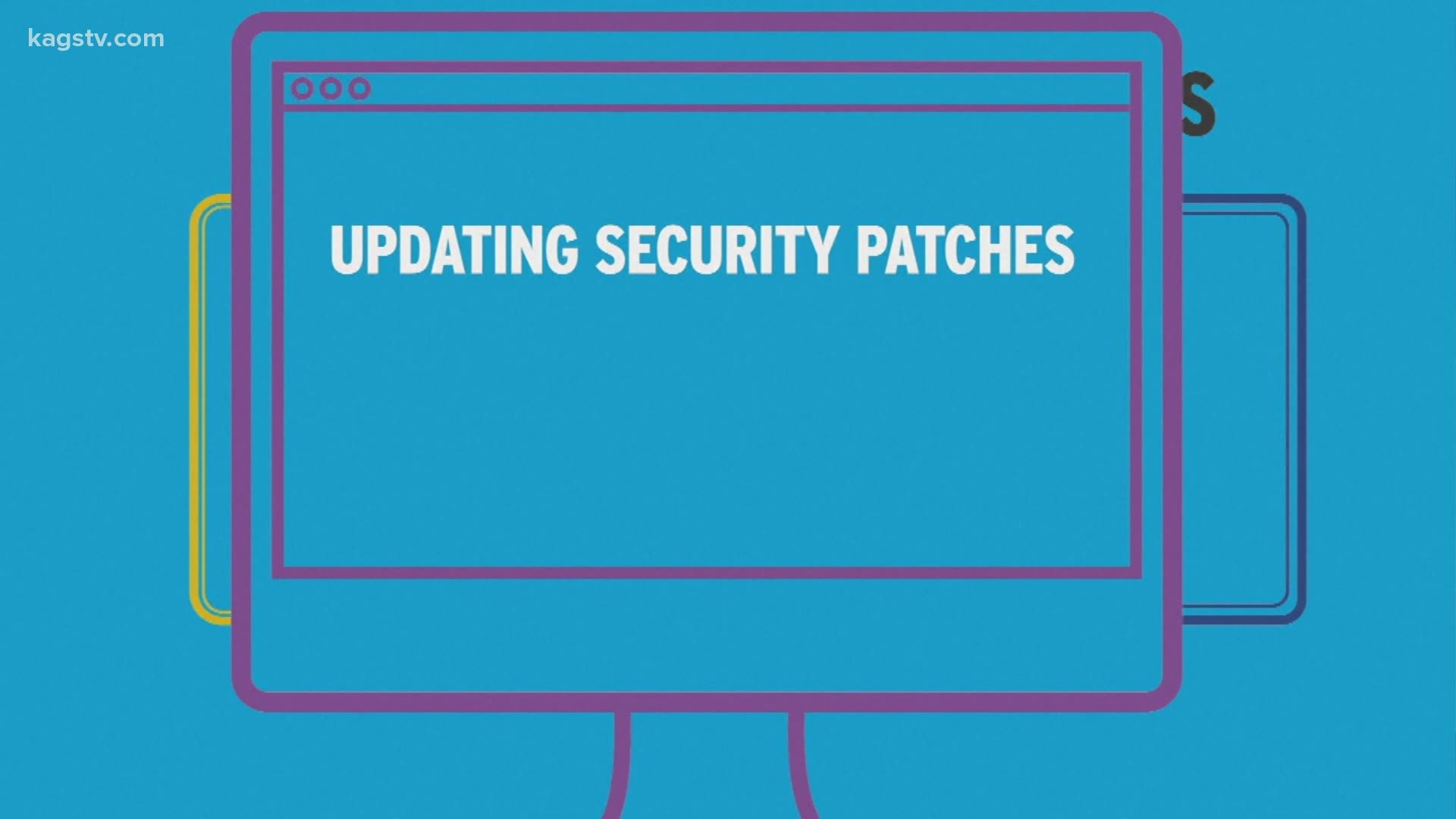COLLEGE STATION, Texas — The internet is an inevitable part of our everyday lives. And now with the outbreak of the virus, work and school are mostly online. This move to the virtual platform doesn’t seem like it will be ending anytime soon.
Professor Carlisle's class is only one of many other virtual gatherings that have become victims to disruptions and hijackings in their conference calls.
“The thing about virtual classes is that people who can’t cause a distraction in a physical classroom are able to cause a disruption in a virtual classroom. There’s a lower threat of getting caught. To disrupt my class at Texas A&M, you need to be in College Station, but if you want to disrupt my class online, you can be anywhere in the world and point in fact. This actually happened to me," said Texas A&M professor of practice Martin Carlisle.
Moving onto virtual platforms opens the doors to many security threats that could also compromise a normal learning experience.
“The thing about cybersecurity both with zoom and everyone else in the world is there are costs to security, in terms of making your class less freeform, or less interactive and you have to weigh how much security am I going to put in or how much is this going to cost me in terms of the classroom experience," said Carlisle.
The outbreak of COVID-19 not only abruptly sent students home from school, but it also moved many businesses to work from home. One cybersecurity firm conducted a survey that discovered that those companies were not prepared for this transition.
“You leave yourself open to all kinds of malicious content coming into your own devices. 93 percent of the respondents that were working from home were not only having to use their own devices but their companies didn’t provide them any antivirus, safety requirements, meaning is your device locked down. So even if you had log into the network, there’s no guarantee that their devices weren’t compromised when they were logging into the VPN," said PC Matic president Terrence McGraw.
Working from home rather than at your office may possibly put you at higher risk for falling victim to cyber hackers.
“The problem is you’re bringing in vulnerabilities in the network and the environment because businesses can’t quantify the risks. Meaning you don’t know if ransomware is placed in your network, you don’t know if someone’s casual web browsing at home has introduced malware into the device," said McGraw.
He added that now is the time for security awareness training and to tighten up security protocols at your place of work.

